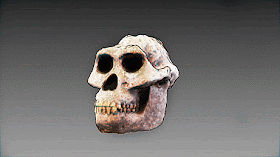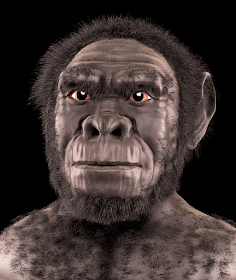According to Wikipedia:
To reconstruct this beautiful and famous feline, I had the help of two people. I wanna to thank Mr. Renoaldo Kaczmarech, the owner of the replica and the Prof. Dr. Moacir Elias Santos, that took the photos with great quality, perfect to be scanned in 3D.
The video show the skull reconstructed in 3D with Python Photogrammetry Toolkit GUI.
If you wanna see the step-by-step of the modeling, please look this link:
https://plus.google.com/photos/115430171389306289690/albums/5858580236800053057
I hope you enjoy.
A big hug and I see you in the next!
Smilodon, often called a saber-toothed cat or incorrectly a saber-toothed tiger, is an extinct genus of machairodonts. This saber-toothed cat was endemic to North and South America, living during the Pleistocene epoch (2.5 mya—10,000 years ago).
To reconstruct this beautiful and famous feline, I had the help of two people. I wanna to thank Mr. Renoaldo Kaczmarech, the owner of the replica and the Prof. Dr. Moacir Elias Santos, that took the photos with great quality, perfect to be scanned in 3D.
If you wanna see the step-by-step of the modeling, please look this link:
https://plus.google.com/photos/115430171389306289690/albums/5858580236800053057
I hope you enjoy.
A big hug and I see you in the next!




















































